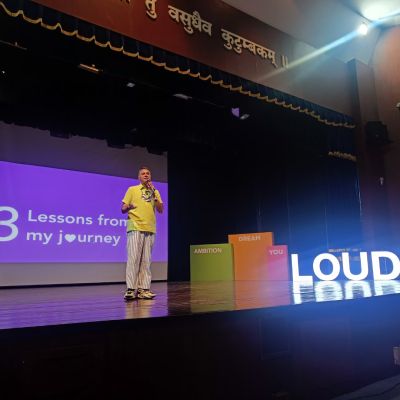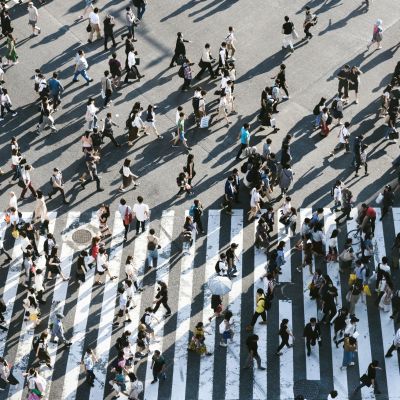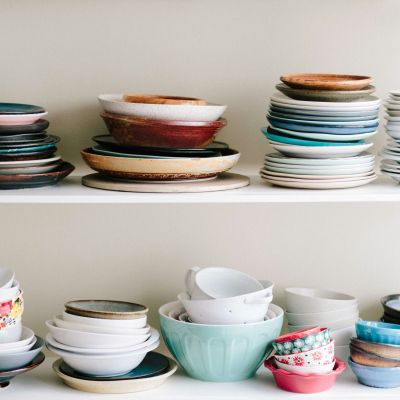workplaces
Sexuality and the workplace are closely related, and a safe and healthy working environment is a fundamental human right.
The larger question is, who gets to bring all of themselves to the workplace, and who is either not allowed, or feels scared, or is bullied for doing so?
It is evident that the workplace is not just a site for economic production but also a space where bodies are shaped, controlled, and violated.
Moving from the broader implications of the digital workspace it is essential to discuss specifically how these platforms influence the exploration of sexual identity.
What are the acts of reading that we allow young people, that we allow each other? And what does that say about the worlds we want and need?
It was not uncommon for me to feel like an imposter, helping others connect with themselves while struggling to do the same myself.
The bathroom stall becomes a sanctuary, a stage, a confession booth.
We need to expand the way we look at work, the workplace and the human being, understanding our approach to sexuality, society and each other.
I was recently speaking to a senior PSU (Public Sector Undertaking) official who has worked in the same office for…
“A woman’s place is in the kitchen.” Most of us born in female-designated bodies, in a country like India, have…
In Pixar’s short film Purl, a pink ball of yarn – a stand-in for anyone who’s ‘different’ – is faced with this dilemma in a workplace context (the analogy would work in other contexts as well).











